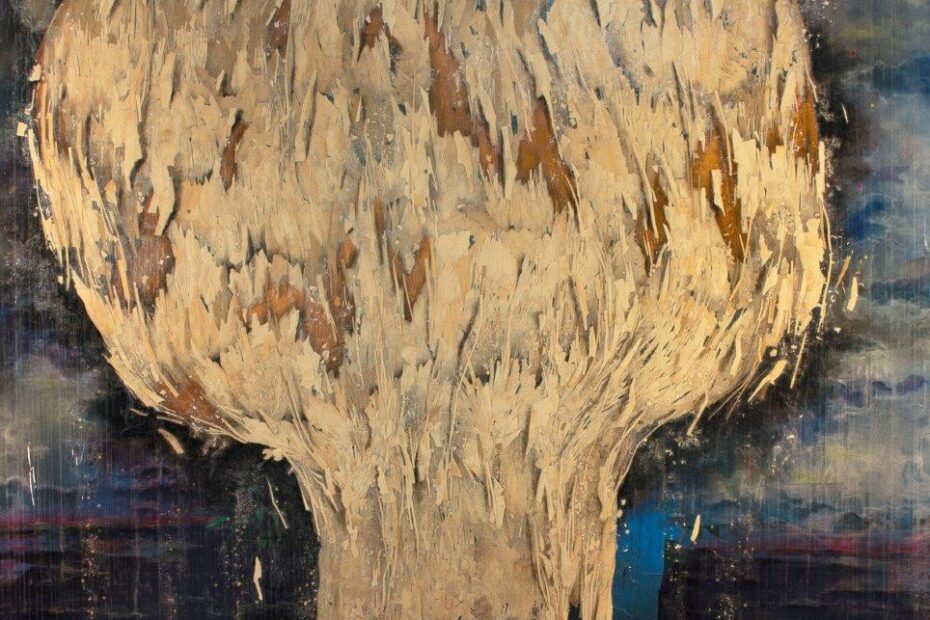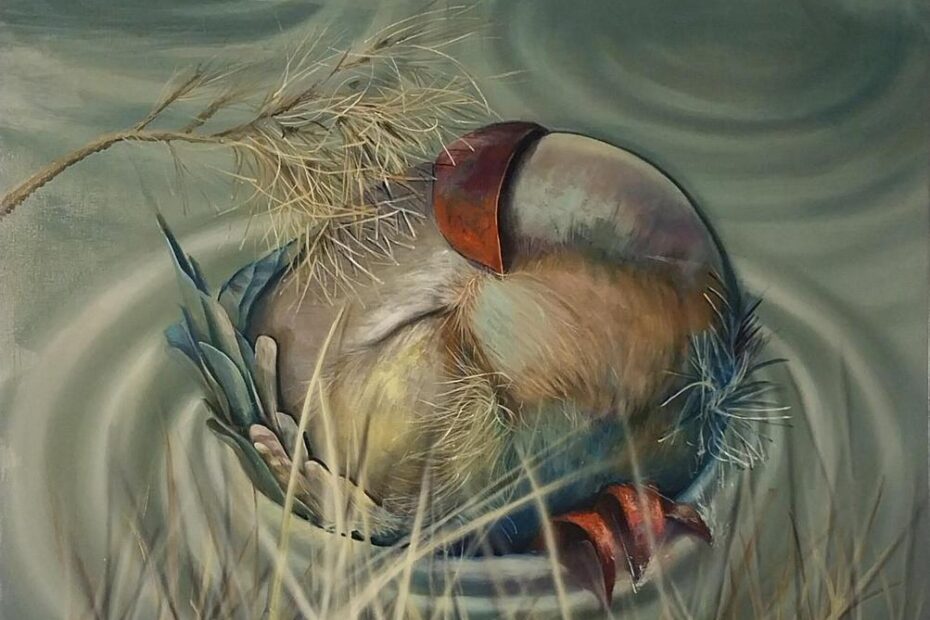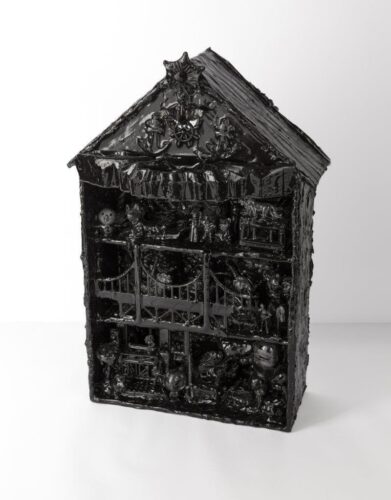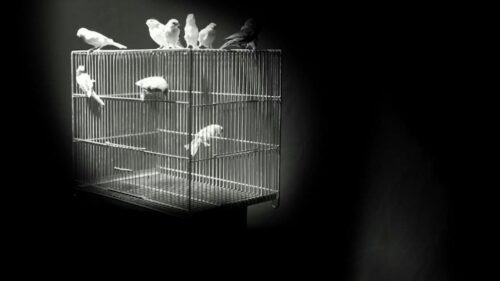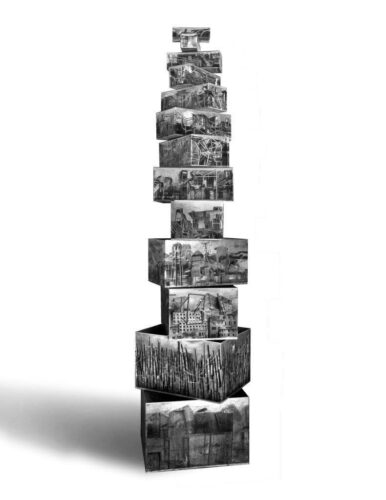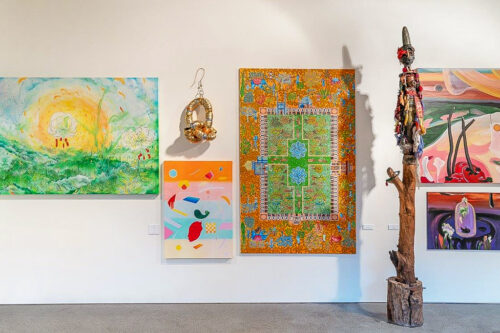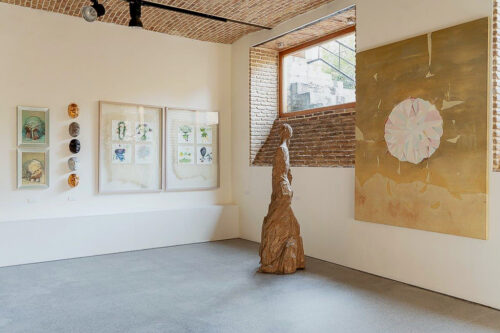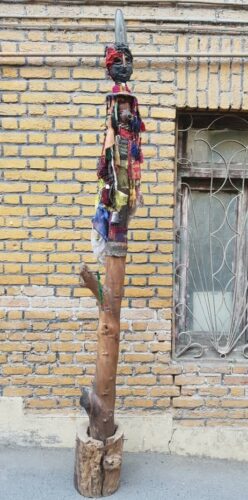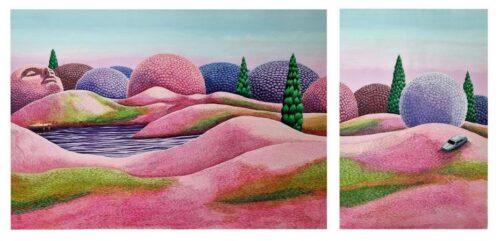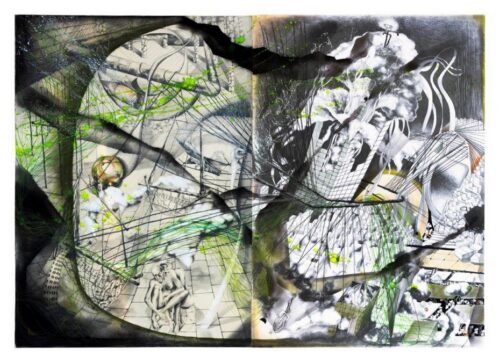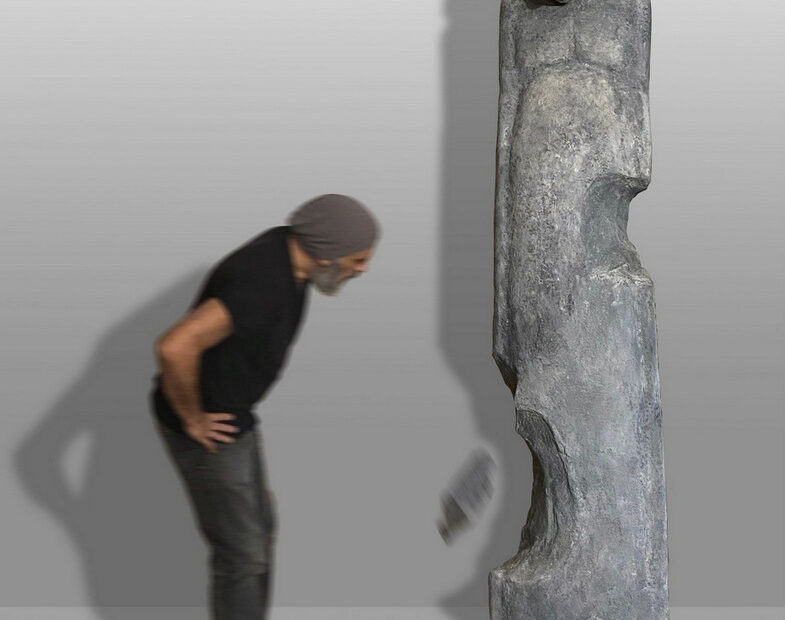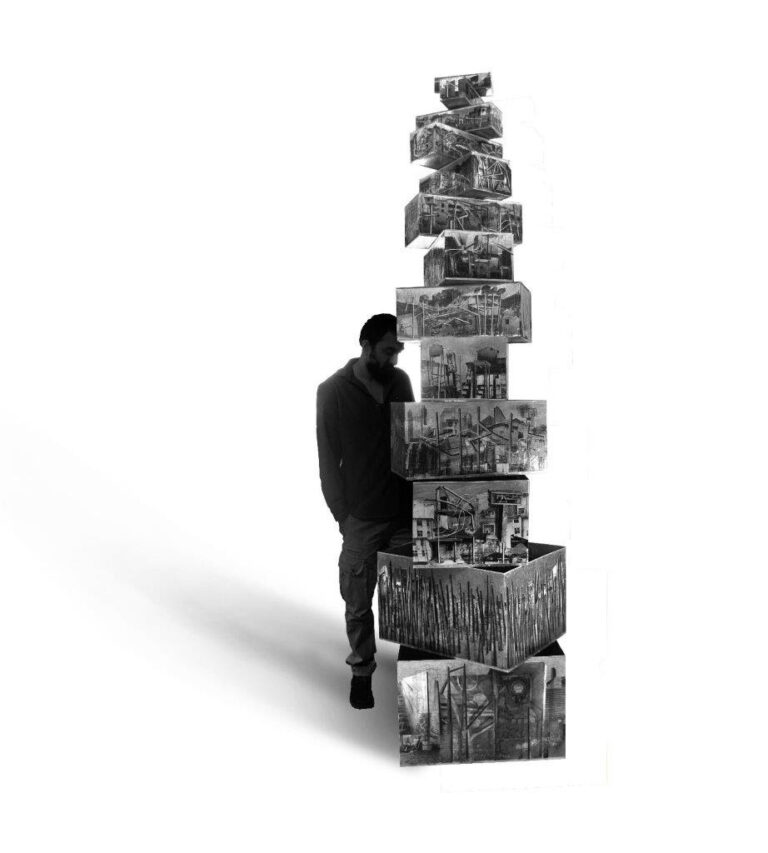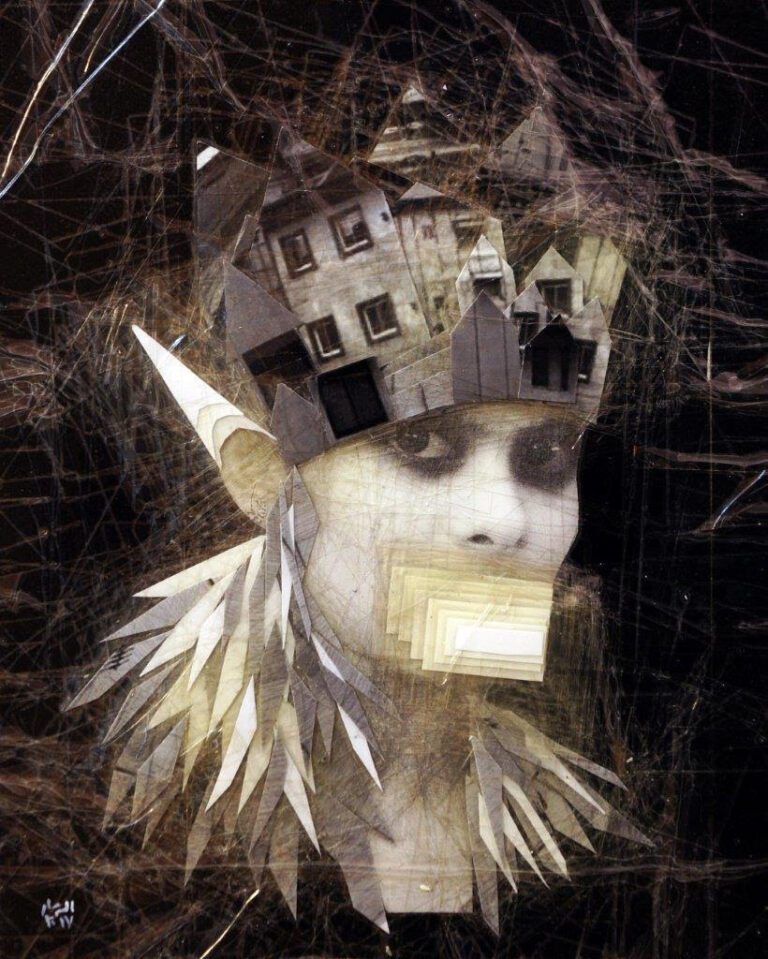Duo exhibition of
Opening on 28th February 2025
On view until 14th March 2025
The Tree of Toba, yet one of our mythical trees, grows at the sea of Kert, where Simorgh resides. The name means “The cure for all maladies” and the book of Avesta mentions that all seeds and therapeutic drugs have been bestowed on this tree. The book Minoei Kherad mentions that every time Simorgh rises from this tree one thousand branches grow and when she lands on it one thousand branches break and their seed is dispersed. Shahobeddin Sohrevardi in his famous book the “Red Intellect” mentions that Toba is a large tree in heavens. All fruits and blessings in the world come of this tree and Simorgh resides on it. Each morning Simorgh comes out of it nest and opens her wing over the world, which allows for fruits to appear on trees and plants to grow on earth.

